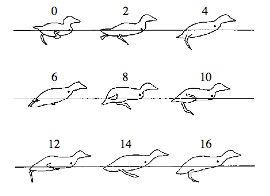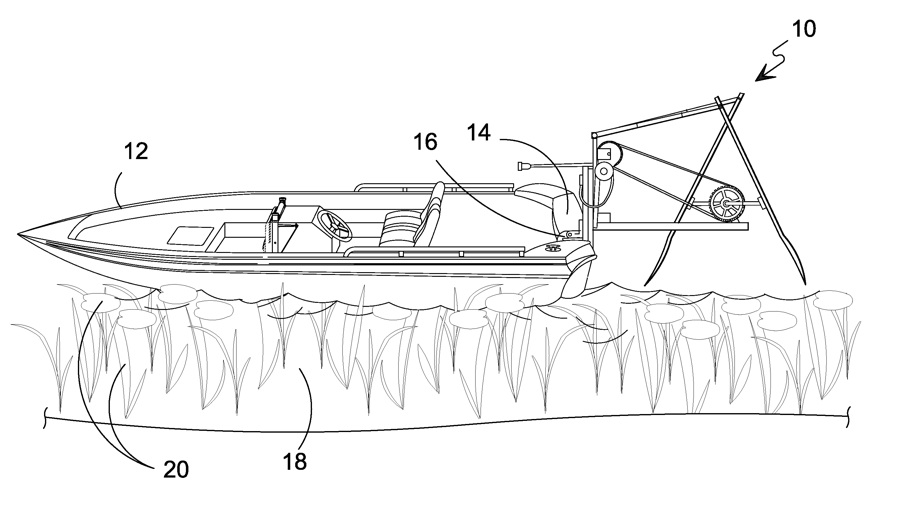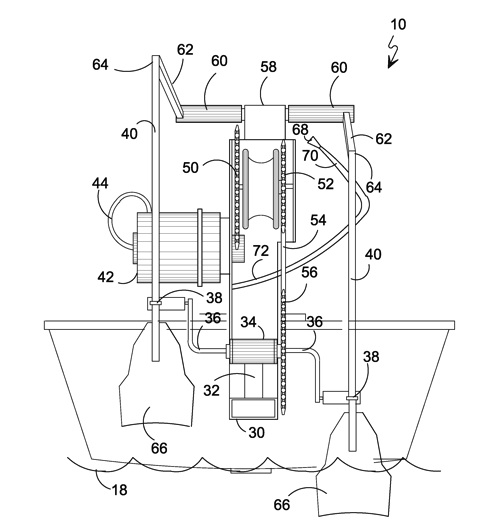links: FinalProject2014
References on surface swimming
On this page... (hide)
1. (Prange1970) Prange, H.D. and Schmidt-Nielsen, K., The Metabolic Cost of Swimming in Ducks, JEB V. 53, p. 763-777 (1970).
Notes on (Prange1970)
- There's a retrospective review of this classic article: Kooyman, G.L, First in the Measure of Energetics in a Swimming Tetrapod, JEB 213, 1609-1610 (2010)
- Swimming speed is consistent with the bow wave and wake formation limitations for a boat of similar length. The formula is one that students could calculate for their own vehicles.
- The efficiency is lower than, for example, a fish or a penguin flapping underwater but respectable given that swimming is one of three modes of locomotion for this animal.
- (Prange 1970) is a "seminal paper" cited by many other articles including:
- Prange, H. D. (1976). Energetics of swimming of a sea turtle. J. Exp. Biol. 64, 1-12.
- Schmidt-Nielsen, K. (1972). Locomotion: energy cost of swimming, flying, and running. Science 177, 222-228.
- Ancel, A. et al., Energetics of surface swimming in Brandt's cormorants (Phalacrocorax penicillatus brandt) J. Exp. Biol. 2000 203:3727-3731.
- Baudinette, R. V. and Gill, P. (1985). The energetics of ‘flying’ and ‘paddling’ in water: locomotion in penguins and ducks. J. Comp. Physiol. B 155, 373–380
2. Videos
Good video on Duck paddling, running and taking flight (a bit beyond our power capabilities, but cool to watch):
Western Grebes do some very cool "walking on water" during courtship. Video courtesy of Nick Wenner's family friend Glenna Clifton at the Harvard Evolutionary Biology Lab.
3. Previous duck linkages
University of New South Wales project on the Salters Duck -- OK, actually the "Salters Duck" here is a mechanism for harvesting wave energy.
4. References from Dave Lentink:
This reference shows leading edge vortices are relevant to understand how ducks swim: http://www.nature.com/nature/journal/v424/n6944/abs/nature01695.html
We will approximate drag force assuming the flow is perpendicular, at 90deg angle of attack, time averaged force coefficient estimates can be pulled from this paper that reports them for those conditions: http://m.jeb.biologists.org/content/212/16/2705.abstract

- Aigeldinger, T. and Fish F.E., Hydroplaning by Ducklings, JEB 198, 1567–1574 (1995) -- escaping ducklings can do 1.73 m/s (versus more like 0.5 for steady paddling), well above the hull speed for a comparable boat.
- For animals swimming at the water surface at their hull speed, constructive interference from bow and stern waves traps the animal in a trough, ultimately limiting further increases in speed (Vogel, 1988; Denny, 1993).
- Paddling by ducklings was characterized by alternate power and recovery sweeps of the hindfeet (Fig. 2A; fields 0–2) as in other semiaquatic paddlers (Fish, 1984). During the power phase, the foot was swept posteriorly through an arc with the interdigital webbing fully spread (abducted). The foot was plantarflexed at the tibiotarsus–tarsometatarsus joint and the digits were dorsiflexed. During the recovery phase, the foot was swept anteriorly as the foot was dorsiflexed. The webbing of the foot was collapsed by adduction and plantarflexion of the digits.
5. Patents
You never know what you might find:
- From http://www.google.com/patents/US7803027 A watercraft propulsion device having a plurality of cooperating paddles driven by levers in a sweeping motion...



